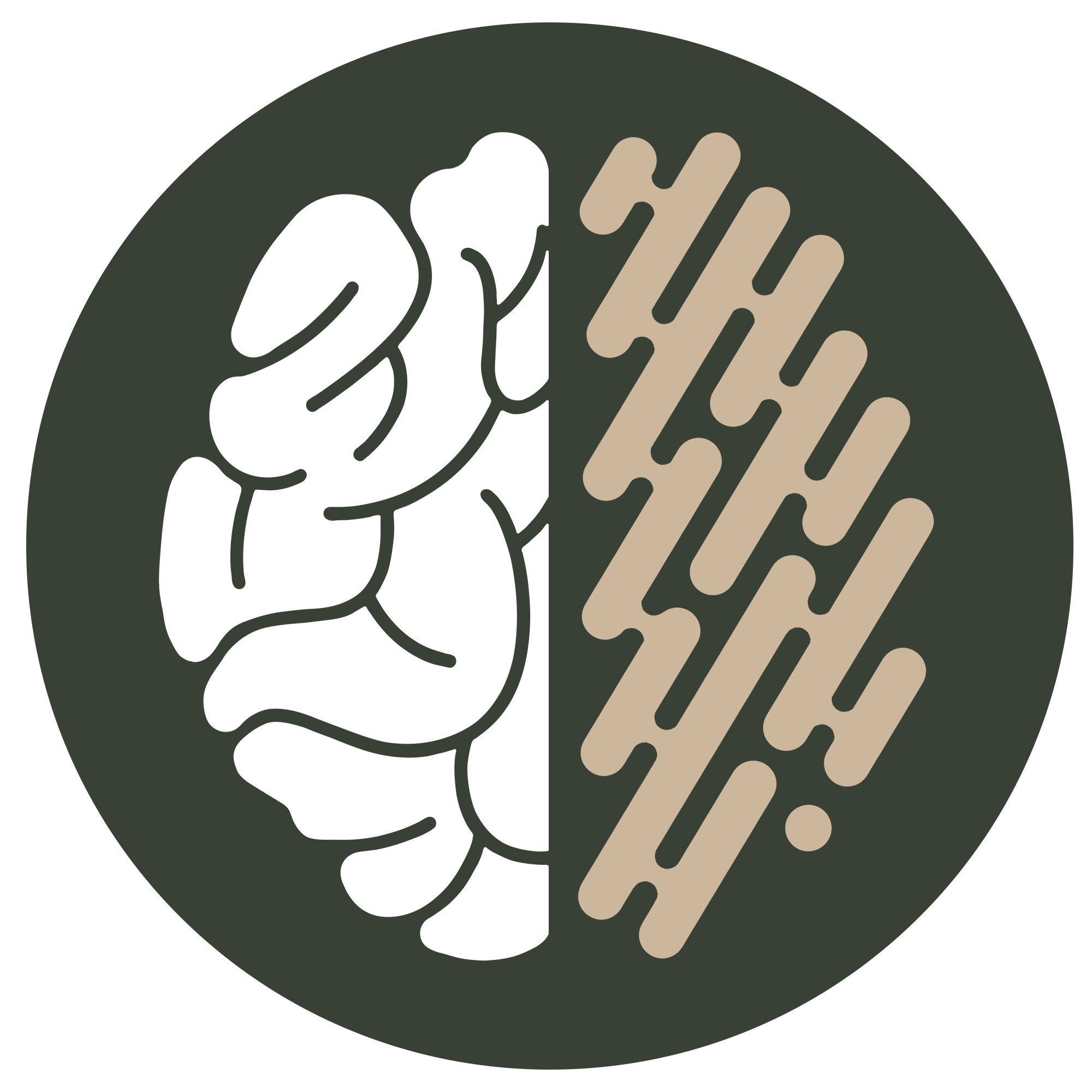Why Is Neurodiversity Still Missing From Most Workplace Inclusion Strategies?
Diversity, equity and inclusion (DEI) strategies have become more sophisticated, more structured, and more data-driven. Dashboards track representation across race, gender, age and more. Sentiment tools analyse employee experience. Metrics guide decision-making at board level.
But despite all this progress, there’s a significant part of the workforce still being overlooked, a group that’s largely invisible in your reports, your metrics, and your frameworks: neurodivergent employees.

The blind spot in your workplace inclusion strategy
Neurodiversity refers to the natural variation in how people think, learn, communicate and process the world. It includes ADHD, autism, dyslexia, dyspraxia, OCD, and Tourette’s syndrome, among others. It’s not new. It’s not rare. And yet, it’s often absent from workplace inclusion efforts.
Estimates suggest that 15–20% of the population is neurodivergent. That’s one in five people. Statistically, they’re already in your workforce. But if your DEI strategy doesn’t include cognitive diversity, you’re not seeing the full picture.
This is where neurodiversity workplace solutions can make a real difference, not just in visibility, but in building sustainable, inclusive systems that serve everyone.
Why Your Data isn’t Capturing Neurodivergent Experiences
Unlike gender or ethnicity, neurodivergence is often hidden. It’s a non-visible disability, and disclosure comes with risk. According to the Birkbeck University report:
64.7%
of neurodivergent employees fear stigma or discrimination from management
55%
fear judgement from their colleagues
These aren’t fringe concerns. They reflect deep-rooted cultural issues in how we define, discuss and support difference. And until we address these fears, disclosure will remain low and neurodivergent experiences will remain invisible in the very systems meant to promote workplace inclusion.
No Data Doesn’t Mean No Problem
The absence of neurodivergence in your reports doesn’t mean your organisation is free of barriers, it means you’re not yet measuring them.
If your DEI strategy relies solely on disclosed data, you may be overlooking the very people most at risk of exclusion. And in doing so, you risk reinforcing a false sense of inclusion: the belief that if a challenge isn’t being raised, it doesn’t exist.
But neurodivergent employees may be navigating environments that are noisy, overstimulating, overly rigid, socially demanding, or misaligned with their strengths — often without support, adjustments, or even acknowledgment.
Even when neurodivergent individuals do disclose, meaningful support is still lacking. The latest CIPD Neuroinclusion Report found that just 38% of neurodivergent employees believe their organisation provides the support they need.
That’s why many forward-thinking organisations are now exploring neurodiversity workplace solutions, to help close these gaps, improve workplace inclusion, and move from awareness to action.

Inclusion Must Mean Everyone
If your organisation is serious about building a culture of equity and belonging, then neurodiversity cannot be an afterthought. It must be embedded into how you collect data, design policies, develop managers, and create inclusive environments.
Workplace inclusion is not just about what’s easiest to count — it’s about making sure no one is left out of the conversation.
It means asking:
- Who isn’t disclosing, and why?
- Who might be disengaging, not due to performance, but because the environment doesn’t work for them?
- Where do our systems unintentionally exclude people with different cognitive needs?
These are the questions that will elevate your inclusion strategy from representational to transformational.
Neurodivergent people are already part of your workplace. Some are thriving. Some are struggling. Many are masking their challenges just to get through the day. They may never show up in your current metrics — but they are there.
If the goal of workplace inclusion is to build cultures where everyone can contribute, feel safe, and belong, then neurodiversity and DEI must be addressed together.



